Introduction of Nicaraguan Elephant Bean Coffee Bean Maragogype Flavor recommendation of Central American Fine Coffee Bean
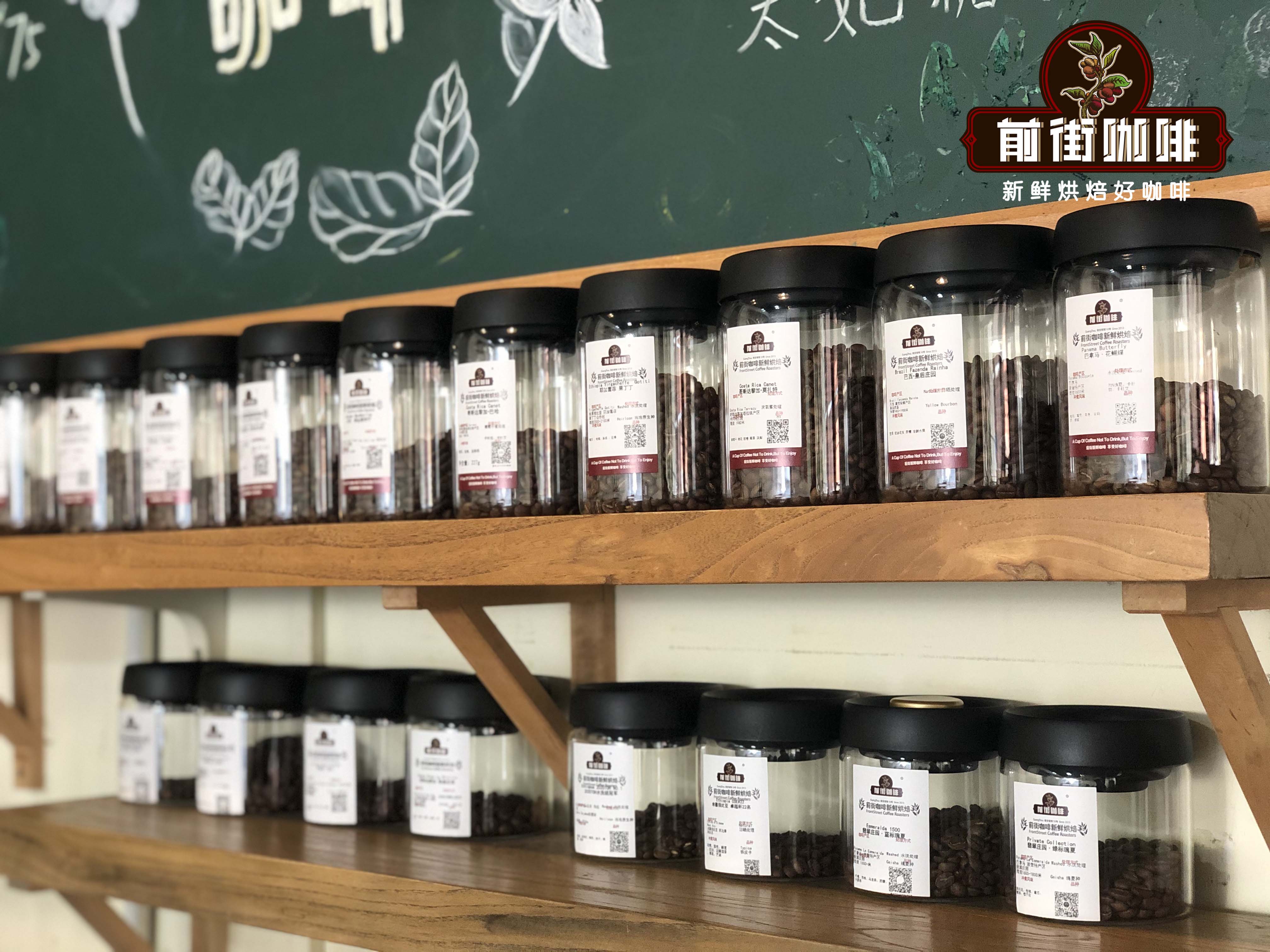
Professional coffee knowledge exchange More coffee bean information Please pay attention to coffee workshop (Weixin Official Accounts cafe_style)
Coffee fans all know that there are currently three major coffee varieties in the world, namely Arabica, Robusta and Liberica varieties of coffee beans, of which Arabica is also known as the small bell coffee beans because of its smallest size among the three varieties, Robusta is a medium-sized coffee bean, and Liberica is a large-sized coffee bean. But what about the flavor of beans found in Arabica-derived varieties that are three times larger than the regular Arabica coffee beans and are called "elephant beans"? Front Street Coffee is here to give you coffee fans science.
What is an elephant bean?
Elephant bean, scientific name Maragogype. According to the Front Street Search, the elephant bean was first discovered in 1870 in the Malagojpi region of Bahia, Brazil, and coffee agronomists used Malagojpi as this unusual coffee bean species. Through morphological comparison and genetic testing, it was determined that the elephant bean was a natural variety of coffee tree belonging to the iron pickup variety derived from the Arabica variety. The beans are three times the size of regular Arabica beans.
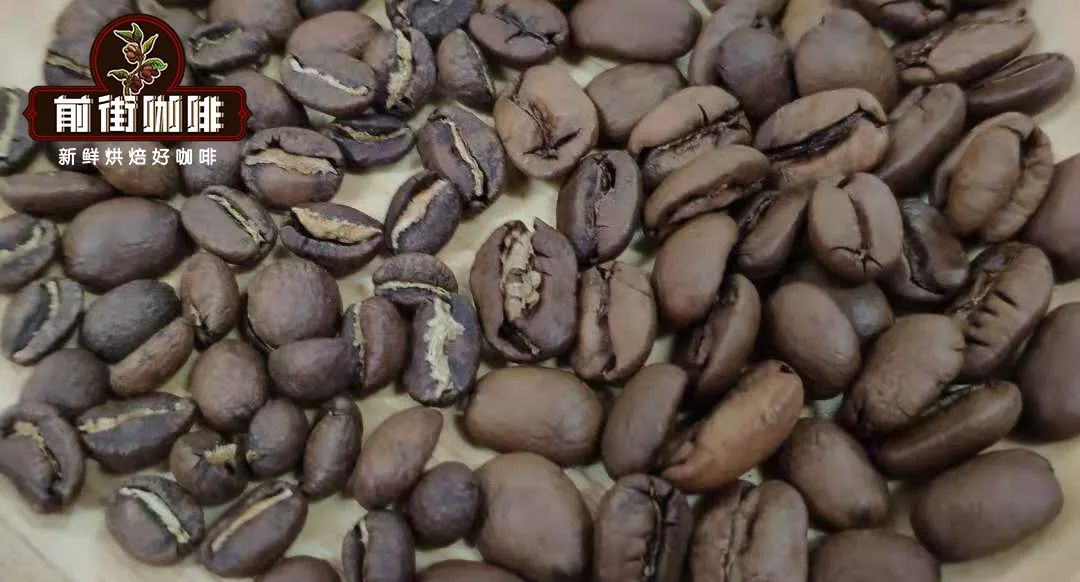
Iron pickup on the left, elephant bean on the right
At present, in many coffee-producing countries, the green bean grading system based on green bean size is usually defined as the highest grade of coffee beans of 17-18 meshes, and few coffee beans are above 19 meshes. For example, the Indonesian mantenin coffee in Qianjie Coffee Shop is very large at present, among which the Indonesian gold mantenin has reached more than 18 meshes; while the elephant bean body can mostly reach 20 meshes and above.
And according to Qianjie coffee search related information to understand that in addition to beans, like beans coffee beans, its trunk, branches and leaves are also larger than ordinary coffee varieties, so the planting space, nutrients, resources are more than ordinary coffee varieties. In addition, it is difficult to care for and harvest, and the time cost is high, so few farmers plant it. At present, a small number of distribution in Brazil, Nicaragua, Mexico, Guatemala and other Latin American countries.
Nicaragua coffee-producing elephant bean
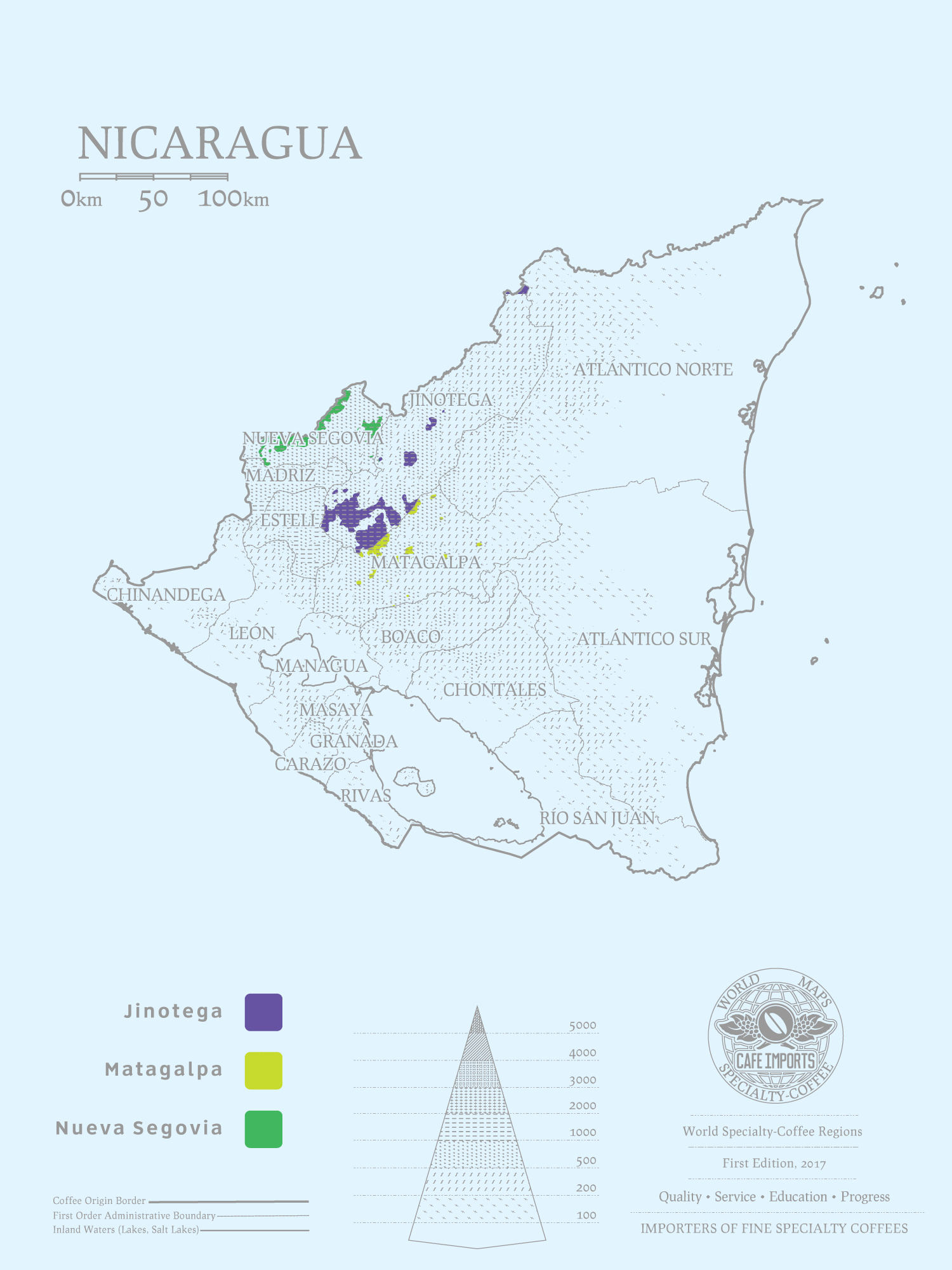
Because want to know more about the flavor of elephant beans, Front Street Coffee also purchased some elephant beans back to taste, among which Front Street Coffee thinks that the flavor of elephant beans in Nicaragua coffee producing area is the best. However, depending on the growing conditions of the soil in Nicaragua, the coffee bean taste of the elephant bean variety will also vary, because poor soil will reduce the coffee taste. That's why it's often referred to as "less flavorful" coffee. In the coffee world, Nicaragua beans are a less common variety due to their low yield, so they are more expensive in terms of price.
After tasting so many Nicaraguan elephant beans, Front Street Coffee thinks that the elephant bean coffee grown in Mamamina Estate of Mierui Family in Nicaragua has the best flavor. Then Front Street Coffee will introduce this bean.
Front Street Coffee Nicaragua Mamamina Estate Coffee Bean
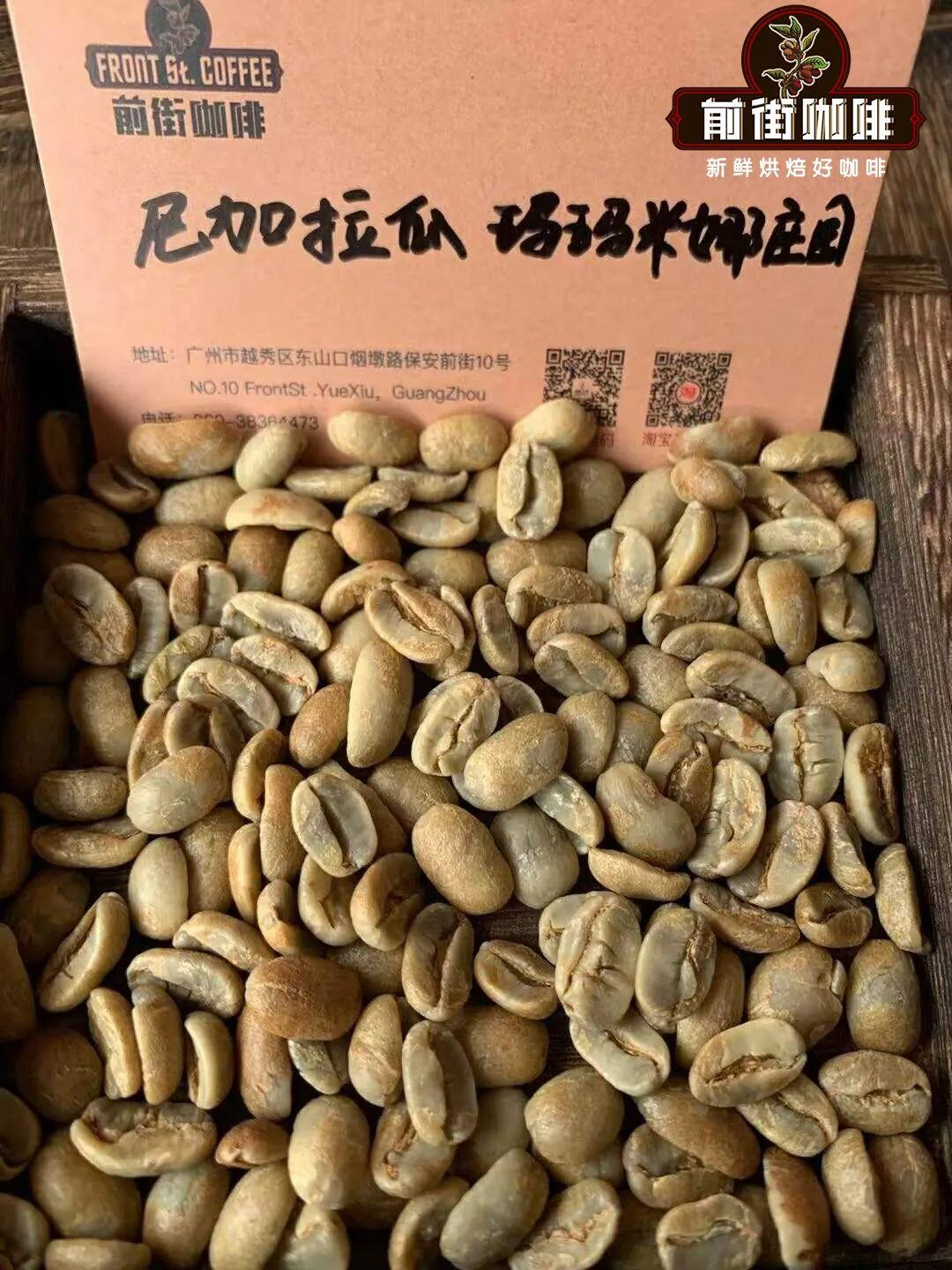
Origin: Nicaragua
Grade: SHB
Altitude: 1450-1600 m
Treatment: Solarization
Breed: Elephant bean seed 18 orders
Mierich Family Mamamina Manor
According to Qianjie, the Mierui family owns nine estates. They have been growing coffee since 1908 and have been growing coffee for more than 100 years. Mamamina also produces high-quality Nicaragua coffee, which has been recognized by OCIA (Organic Crop Improvement Association) as excellent organic coffee at high altitudes. Front Street Coffee is roasted and brewed and has a thick, layered flavor, with black berry aromas on the palate. Black plum carries the aroma of citrus peel, the overall flavor is solid, the taste is smooth and sweet.
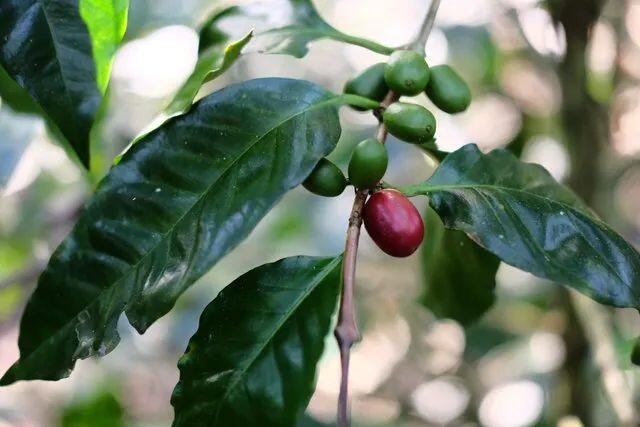
Elephant Bean and Pakamara
According to Qianjie Coffee, although the planting cost of elephant beans is high, few people are planted. But its hybrid offspring, Pakamara, inherited its superior genes and continued to flourish. Pakamara coffee beans are artificial hybrids of Pakas and Elephantbeans, inheriting Pakas 'high productivity, adaptability and elephantbean body type, excellent acidity. The bean is 70-80% larger than the elephant bean and often wins the Salvadoran Cup of Excellence. Therefore, Qianjie Coffee also purchased Pakamara coffee beans to taste, so the next Qianjie to share this coffee bean news bar.
Front Street Coffee Guatemala Bolsa Estate Coffee Beans
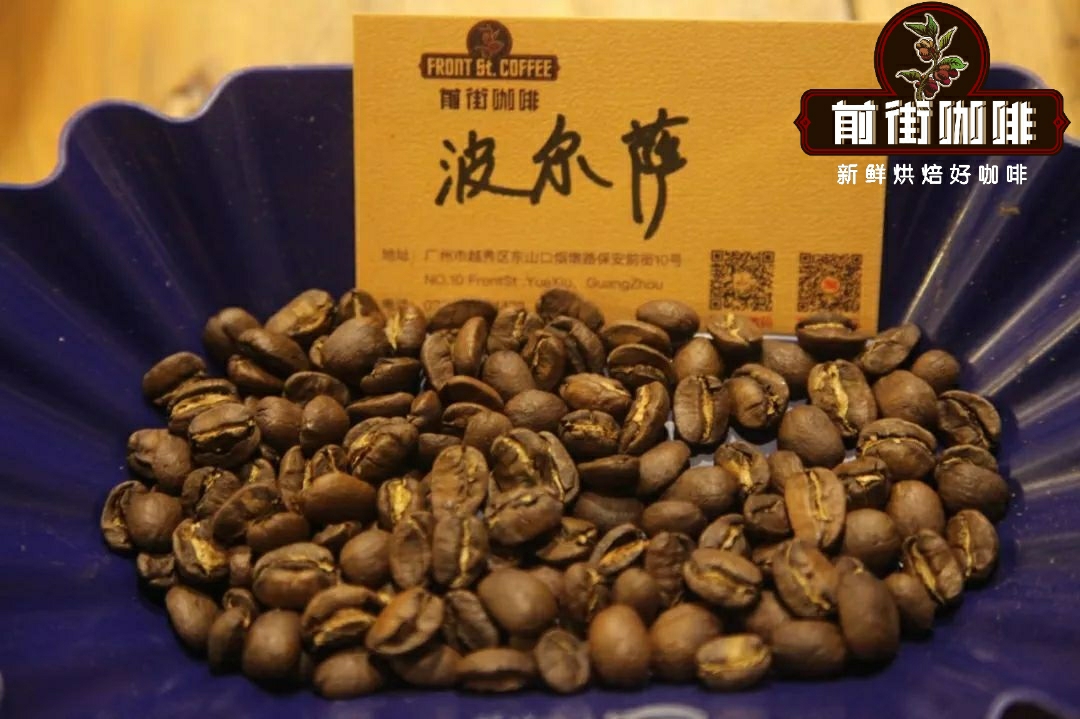
Production area: Vivetnango Borsa Estate
Altitude: 1500 m
Breed: Pakamala
Treatment method: water washing treatment method
The above is the information about elephant beans and elephant bean coffee compiled by Qianjie Coffee. I hope this article can help coffee fans who want to know about the relevant knowledge. Next, Qianjie will share the brewing data for the above two beans.
Brewing parameters:
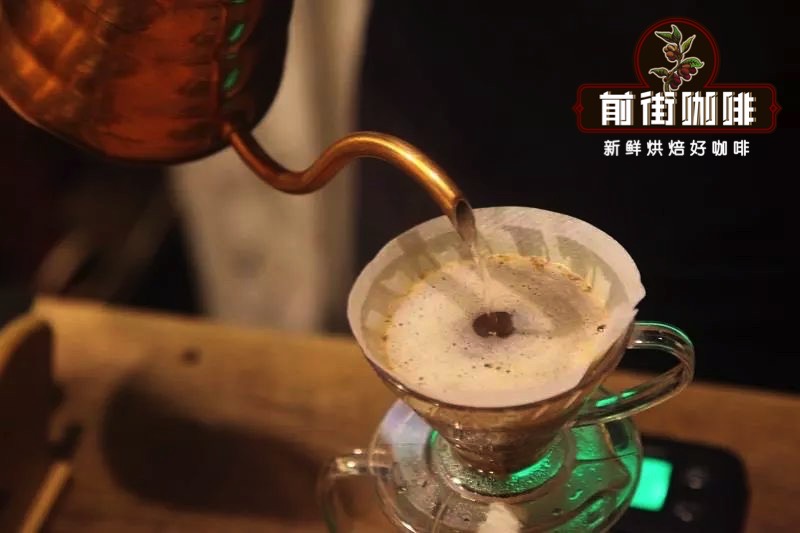
Filter bowl: V60 Water temperature: 90-92℃ Powder: 15 grams of powder water ratio: 1:15 Abrasion: Medium grind brewing technique: Steaming with 30g water for 30s, injecting 95g water in a circle at the center of small water flow, namely 125g water in stages, continuing to inject water until 225g when the water level drops and is about to expose the powder bed, removing the filter cup when the water level drops and is about to expose the powder bed, and extracting for' 200 ".
Brewing flavor of Bolsa coffee beans: sour and sweet, with lemon, passion fruit, plum, plum sour, but also with brown sugar aftertaste.
Mamamina Estate Coffee Bean Brewing Flavors: Berry, Citrus, Caramel, Nutty, Spice
More fine coffee beans, please add private WeChat Qianjie Coffee, WeChat: kaixinguoguo0925
Important Notice :
前街咖啡 FrontStreet Coffee has moved to new addredd:
FrontStreet Coffee Address: 315,Donghua East Road,GuangZhou
Tel:020 38364473
- Prev
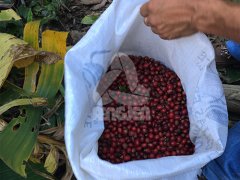
Nicaragua High quality Coffee beans Nicaraguan Coffee Manor Las Marias Manor Information
For the exchange of professional baristas, please follow the coffee workshop (Wechat official account cafe_style) DIPILTO is an austere town northwest of the Nicaraguan capital. Covering an area of about 106 square kilometers, 90% of the population lives in rural areas and is famous for its religious beliefs, warm and pleasant climate, green environment, pine forests and high-quality coffee beans.
- Next
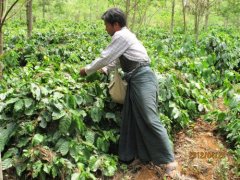
Two of the most classic coffee in the world introduce the most basic classification description of coffee.
Professional baristas Please follow the Coffee Workshop (Wechat official account cafe_style) World Coffee is divided into two series, one is the hard coffee represented by Brazil, which has a strong flavor, and the other is the soft coffee represented by Colombia, which has a light flavor. The difference lies in the altitude of the producing area and the method of planting. Coffee is grown extensively in hilly red soil in Brazil and in mountains in Colombia.
Related
- Detailed explanation of Jadeite planting Land in Panamanian Jadeite Manor introduction to the grading system of Jadeite competitive bidding, Red bid, Green bid and Rose Summer
- Story of Coffee planting in Brenka region of Costa Rica Stonehenge Manor anaerobic heavy honey treatment of flavor mouth
- What's on the barrel of Blue Mountain Coffee beans?
- Can American coffee also pull flowers? How to use hot American style to pull out a good-looking pattern?
- Can you make a cold extract with coffee beans? What is the right proportion for cold-extracted coffee formula?
- Indonesian PWN Gold Mandrine Coffee Origin Features Flavor How to Chong? Mandolin coffee is American.
- A brief introduction to the flavor characteristics of Brazilian yellow bourbon coffee beans
- What is the effect of different water quality on the flavor of cold-extracted coffee? What kind of water is best for brewing coffee?
- Why do you think of Rose Summer whenever you mention Panamanian coffee?
- Introduction to the characteristics of authentic blue mountain coffee bean producing areas? What is the CIB Coffee Authority in Jamaica?

